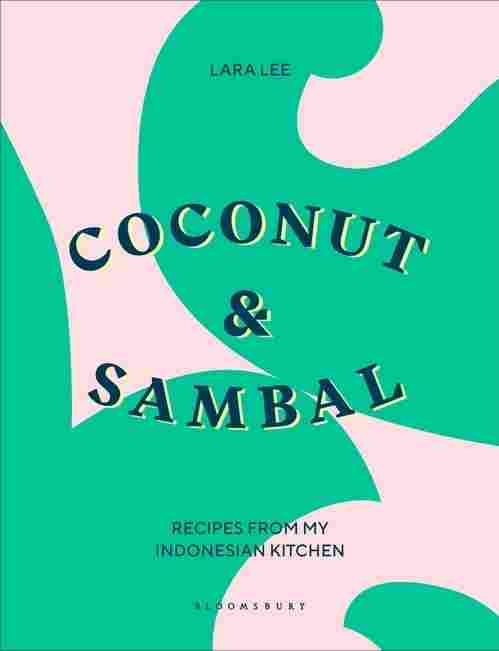
The Salt Indonesian Food Blogger: The Unifying Power Of Cuisine And Social Media

Kitchen Window Colonizers' Influence Infuses Southeast Asian Cuisine

Bloomsbury Publishing
In a normal year, it's possible that you would've spent this weekend visiting family. Maybe you're in back in your childhood home, settling into familiar routines with your parents, like rolling your eyes when your dad ribs you for sleeping in a little, or smiling politely while your mom makes fun of you for the exact insecurity you thought you'd been working on all year but apparently not well enough. These are just some of the pleasures of visiting home for the holidays. The other big one: Food.
On account of not being able to visit my folks this year, I thought it'd be a good idea to try and recreate some dishes reminiscent of home. I'd never learned to make any Indonesian food growing up. In fact, I've been growing increasingly distant from my Indonesian roots since leaving home. Thankfully Lara Lee, author of the new cookbook Coconut and Sambal: Recipes from my Indonesian Kitchen, could relate.
"I've spent a lot of the last few years trying to make up for lost ground," says Lee. "For a period of time, I felt quite disconnected from my Indonesian heritage and wanted to catch up."
Lee is part Chinese Indonesian and part Australian. She grew up in Sydney, eating food made by her Indonesian grandmother, whom she called Popo. Lee writes in her book about vivid memories of Popo drizzling peanut sauce over vegetables and boiled eggs, or simmering pork belly in a sweetened sauce of garlic, shallots and chili.
"Back then I was too young to learn her recipes," she writes. "But the flavors of Popo's food left an impression that stayed with me long after she moved back to Timor and later passed away."
It wasn't until a mid-career shift into becoming a chef did Lee start using her grandma's recipes to reconnect with these foods and flavors — eventually travelling through Indonesia for research, connecting with Indonesian cooks both home and professional, and writing this book.
My attempt at reconnecting to the culture through food was a touch less ambitious. I chose to make a fairly standard dish — beef rendang, a staple at big gatherings like weddings, family reunions, or holidays. It's a dry curry that's slow cooked in coconut milk, chilies, and spices. In the spirit of full disclosure, there were a couple things on Lee's ingredients list that I couldn't find (lime leaves and galangal), but her recipes either offer workarounds or let you leave some of those things off. The thought of leaving out galangal might make a few purists cringe (sorry Mom!), but Lee says a lack of accessibility is partly why Indonesian cuisine hasn't spread as widely as others.
"We need to tell the original stories of recipes, but I think we also need recipes that are doable as well by the average home cook," she says.
It's a tricky thing to balance — this vague sense of authenticity versus approachability. But one thing Lee did not budge on was heat. There are 7 long red chilies in the rendang recipe (the book allows you to de-seed them to decrease the heat a bit). And that's not counting the heat from the sauces, known as sambal, served on the side of many dishes.
Sambal plays an important role in Indonesian food. According to Lee's book, there are hundreds of variations from across the country, with their own distinctive flavor profiles. Most of the recipes in the book offer a suggested sambal pairing, but these sauces are versatile enough that they don't need to be relegated to Indonesian food. Lee makes big batches of a tomato based one (recipe below) that she keeps in her freezer.
"And then I put it on everything," Lee says, "like if my husband made pizza or if I have eggs in the morning for breakfast, or whatever we eat." Me personally, I've even seen some people just eat it straight out of a container while standing in front of an open fridge (hi Dad!).









